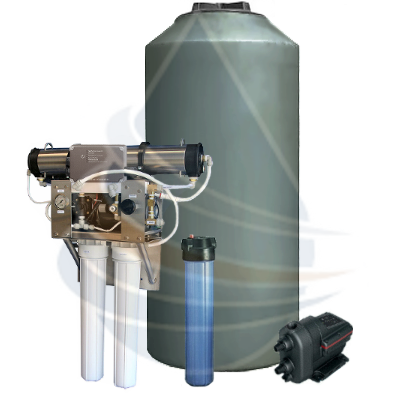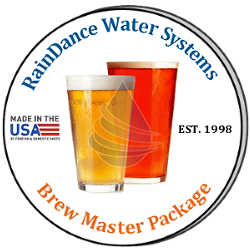Sodium (NA)
What is sodium found in water?
Sodium is naturally occurring, however, elevated levels of sodium can be found in drinking water and groundwater because of naturally-occurring salt deposits, saltwater intrusion, deicing agents, saline/brine water, domestic sewage, urban runoff, road salt storage areas, cleaning products, salts from water treatment systems and processes, backwash from salt based water softener, landfills, and industrial sites.
What are the guidelines for sodium levels in drinking water?
For individuals on a very low sodium diet (500 mg/day), EPA recommends that drinking-water sodium not exceed 20 mg/L. In order to avoid adverse effects on taste, EPA recommends that sodium concentrations in drinking water not exceed 30 to 60 mg/L, a threshold for taste-sensitive segments of the population.
Other than salty tastes what are the problems associated with high sodium levels in drinking water?
The EPA does not classify sodium as a primary or secondary contaminant, but individuals who are on a low-sodium diet for other health reasons such as high blood pressure or kidney diseases should pay special attention to sodium levels in their drinking water.
In addition to the health concerns, the elevated level of sodium in your drinking water can also be associated with chemical Corrosivity of metal piping, heat exchange units, appliances, and other fixtures in your home. Salt water is very corrosive because of its high concentration of sodium.
What treatment methods have been proven to be effective for sodium reduction?
Reverse osmosis has been most effective for the reduction of sodium. Nanofiltration is a new membrane purification technology much like reverse osmosis and can also treat high levels of sodium.
What solutions does RainDance Water Systems have to offer?
Check out our variety of reverse osmosis water treatment systems or nanofiltration systems here:
What is sodium found in water?
Sodium is naturally occurring, however, elevated levels of sodium can be found in drinking water and groundwater because of naturally-occurring salt deposits, saltwater intrusion, deicing agents, saline/brine water, domestic sewage, urban runoff, road salt storage areas, cleaning products, salts from water treatment systems and processes, backwash from salt based water softener, landfills, and industrial sites.
What are the guidelines for sodium levels in drinking water?
For individuals on a very low sodium diet (500 mg/day), EPA recommends that drinking-water sodium not exceed 20 mg/L. In order to avoid adverse effects on taste, EPA recommends that sodium concentrations in drinking water not exceed 30 to 60 mg/L, a threshold for taste-sensitive segments of the population.
Other than salty tastes what are the problems associated with high sodium levels in drinking water?
The EPA does not classify sodium as a primary or secondary contaminant, but individuals who are on a low-sodium diet for other health reasons such as high blood pressure or kidney diseases should pay special attention to sodium levels in their drinking water.
In addition to the health concerns, the elevated level of sodium in your drinking water can also be associated with chemical Corrosivity of metal piping, heat exchange units, appliances, and other fixtures in your home. Salt water is very corrosive because of its high concentration of sodium.
What treatment methods have been proven to be effective for sodium reduction?
Reverse osmosis has been most effective for the reduction of sodium. Nanofiltration is a new membrane purification technology much like reverse osmosis and can also treat high levels of sodium.
What solutions does RainDance Water Systems have to offer?
Check out our variety of reverse osmosis water treatment systems or nanofiltration systems here:






